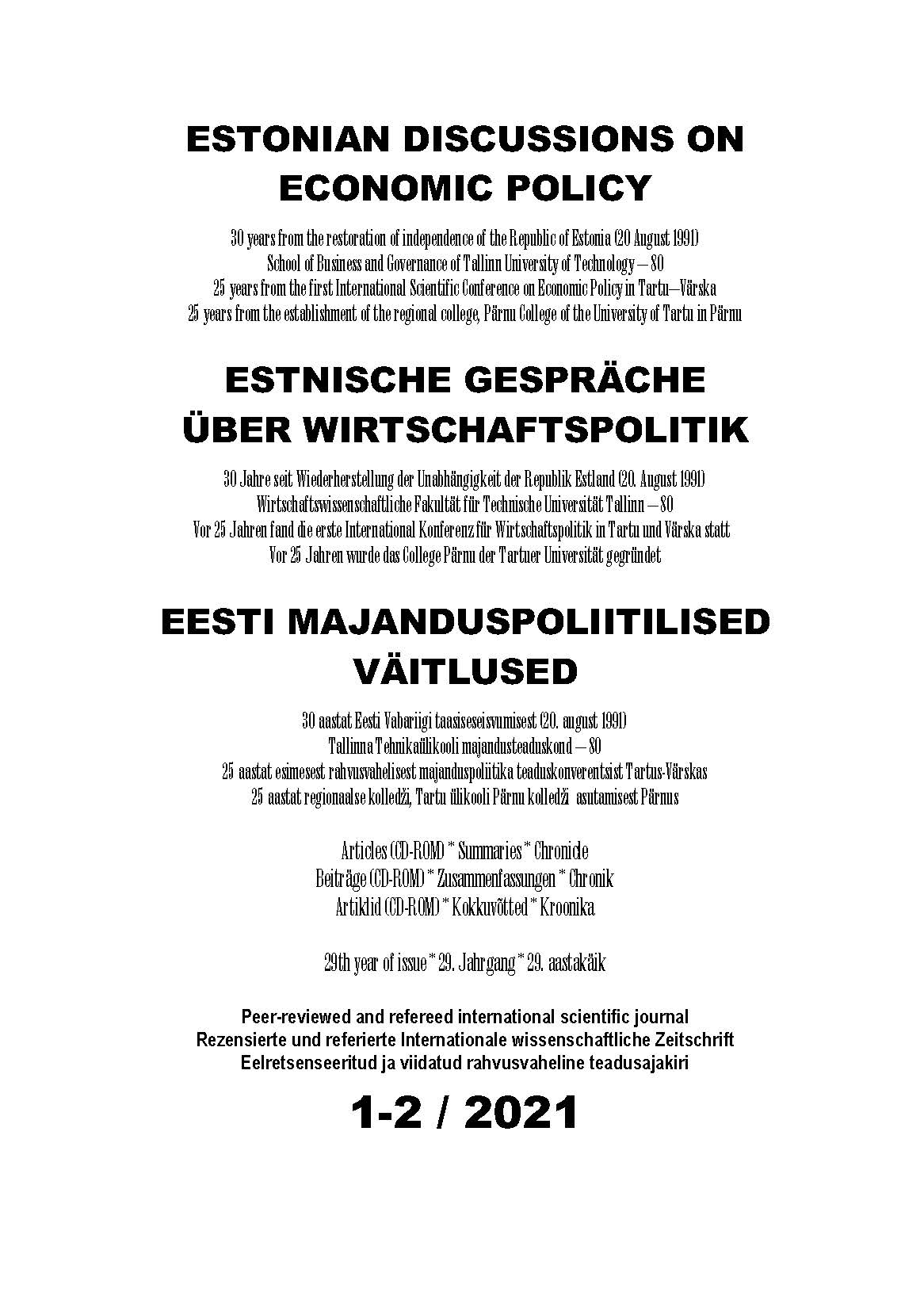Contingent Valuation as a Tool for Environmental Economic Accounting: Case of Estonia
DOI:
https://doi.org/10.15157/tpep.v29i1-2.18342Keywords:
environmental economics, ecosystem services, contingent valuation, ecosystem accounting, urban ecosystemsAbstract
The article deals with the possibilities of including non-market ecosystem services into official statistics. Current statistical standard and the GDP calculated on the basis of it do not take into account the value of ecosystem services and therefore the contribution of ecosystems. In recent years (2020–2021) has taken place the revision of System of Environmental-Economic Accounting– Experimental Ecosystem Accounting (UN SEEA EA), aimed at developing a standard for statistics on ecosystem services. Statistics Estonia also participates in this process, using as an input to the experimental statistics of ecosystem services (among other data) the results of the contingent valuation study conducted by the author on the monetary value of ecosystem services of Estonian forests, wetlands and urban areas. The total annual willingness to pay for forest ecosystem services is about 23.9 million euros, for wetland services 12.3 million euros and for urban areas 17.3 million euros. The most important services considered by the respondents were regulatory services. Also, the relative importance of individual services by respondents were examined separately. It turned out that people value ecosystem services aimed at the physical-chemical quality of the environment more than the increase in welfare resulting from personal contact with ecosystems.Downloads
Download data is not yet available.
Downloads
Published
2021-11-04
How to Cite
Ehrlich, Üllas. (2021). Contingent Valuation as a Tool for Environmental Economic Accounting: Case of Estonia. Estonian Discussions on Economic Policy, 29(1-2), 56–70. https://doi.org/10.15157/tpep.v29i1-2.18342
Issue
Section
Articles. Artikeln. Artiklid

